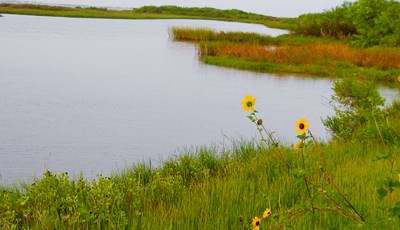Do you own a septic system?
The Texas Water Resources Institute has published a new educational material titled Septic System Maintenance & Inspection Pocket Guide to help homeowners with problem solving and best management practices for their septic systems.






